Android updates explained: your guide to Google's upgrade process
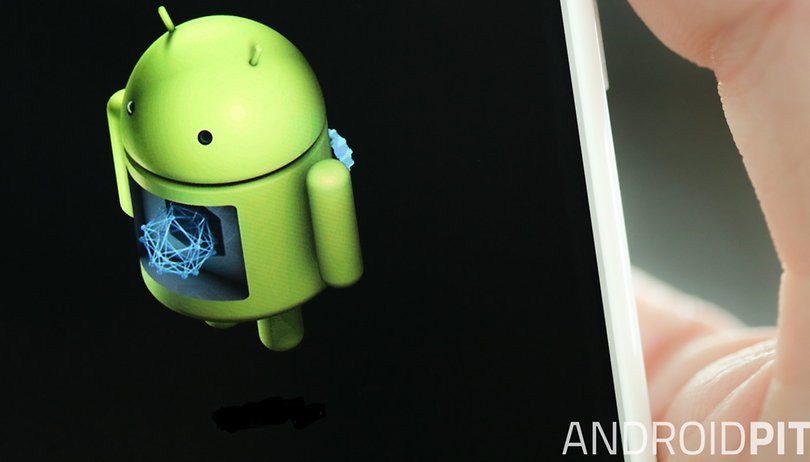

The slow rollout of Android Marshmallow is nothing new as far as Android updates are concerned. All major Android OS versions take a while to reach the many different devices out there. But why does it take so long? Here is how Android updates work.
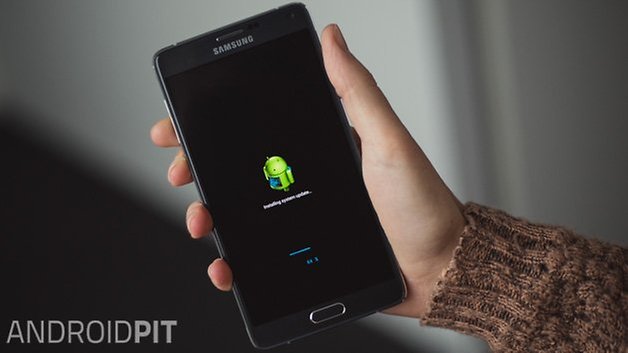
Google owning Android
Android is an open-source platform, meaning developers and manufacturers are free to customize it and make it their own. This is the reason we have Android devices with different user-interfaces such as TouchWiz (from Samsung) or HTC’s Sense.
Google owns Android, which explains why its own products (such as the Nexus line) are usually first to receive updates: Google is where the new software starts.
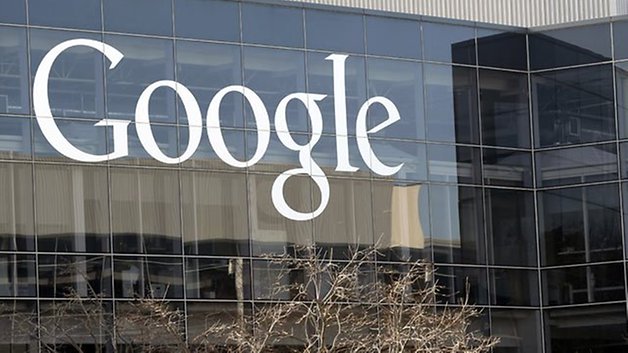
Manufacturers
When Google finishes working on its new software it will publish it to its AOSP site. This is where manufacturers can access the source code and begin adapting it to their own handsets.
Samsung, LG, Sony, HTC et al decide which devices will be updated and which ones will not. New devices are prioritized to keep the customers happy, support sales of the latest products, and because they are the easiest to update: after all, it's these handsets that have the most recent hardware.
One reason why manufacturers stop developing updates for older devices is to drive sales for new hardware and to make the most efficient use of limited resources. But it’s also the case that the hardware in older devices eventually becomes unable to meet the demands of new operating systems.

Why do some countries get the update sooner than others?
One reason is that device components vary from region to region, so software updates are specific to particular models.
Not just that, they are also specific to device carriers. AT&T isn’t likely to lag behind Sprint just because it’s lazy, it’s not as simple as flicking a switch to push the update out. Carrier testing is a vast and time-consuming process with many legal boundaries and complications as well as technical ones. Some carriers pre-package their own apps and services too, and these need to be optimized for the new software.
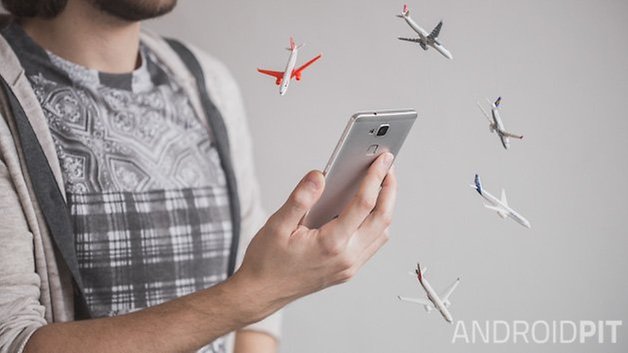
The soak test
Everybody uses their phone differently, and it's difficult to fool-proof the software in a manufacturer's testing labs. This is why manufacturers conduct a soak-test before sending the software out to all customers.
This means a small number of devices will receive the update to ensure system stability and identify any bugs. If this proves successful, manufacturers begin rolling out the update over the air (OTA), i.e. they make the update available to all users via the software update page on their devices.
Final thoughts
Western updates tend to land in Europe first (usually Poland) before moving out further. The updated firmware will sometimes be made available online, meaning you can install the update yourself without having to wait for the OTA roll out from your carrier. Look out for our installation tutorials so you can get your hands on the latest version of Android sooner.
Still not clear? Let us know if there's anything else you'd like explained in the comments below.






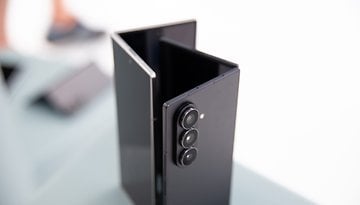
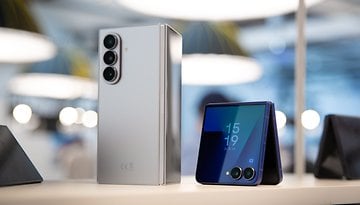
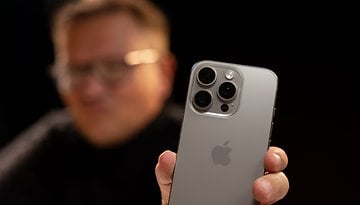

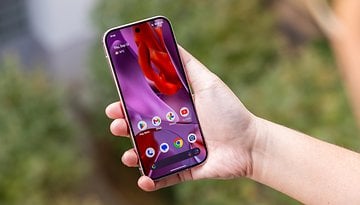
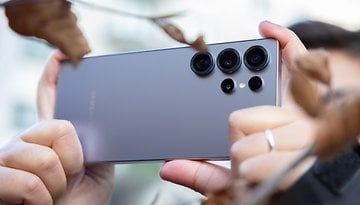
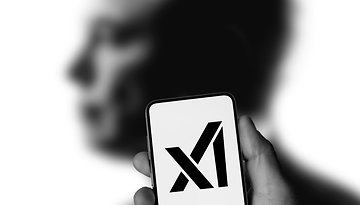
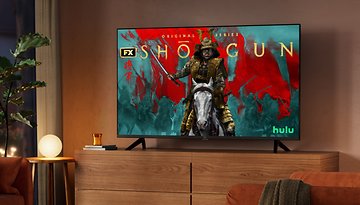
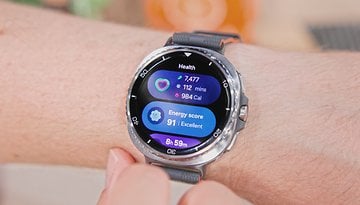
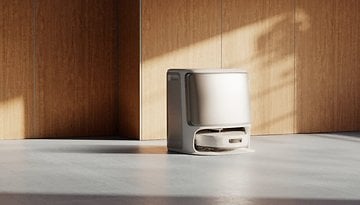
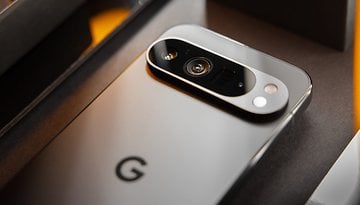



Great explanation. However, I must point out that Google does not own Android per se. The brand name "Android" is indeed owned by Google, as is the official Android logo. To be specific, Google has trademarks on both. The Android OS itself isn't owned by Google, but rather is a fully open source mobile operating system platform and, as you noted, can be used by any OEM, independent developers or persons.
my galaxy S4 will not connect to WIFI in Cuba. a necessity for me. it wont even see the connection point .???? My S6 didn't either for a year after I bought it. after a software update it works now.
Hi. If I buy an unlocked Galaxy Note 5 (currently not available in UK) will it still receive software updates?
Hi, I bought lg nexus 5x from USA but living in India, will I get all the future os updates in India as well ? Please respond.
Marshmallow... still waiting on lollipop. That's one thing I have learned when buying now. Future update availability.
Come on already Whit the update my god this lalipop thig no good
N
with me having a moto g first generation. I know that I won't receive the marshmallow update. but can I still download it onto my moto g. through a computer.
What is the procedure to update the software by own. Is there any risk to do it.
Depends on the make phone you have, but yes there is risk involved you can brick your mobile device and you might loose your warranty etc.
As a Nexus owner contemplating going non-Nexus this year one thing I haven't quite grasped is where do OTA updates come from for unlocked phones? Do they come direct from the manufacturer? If so, does that mean the manufacturer is running some sort of Android update server for the phones to ping occasionally? Why would the manufacturer *want* to take on that expense when they could just sell locked phones through the service providers and let them maintain Android update servers? I don't see the motivation for the manufacturers to sell unlocked phones.
Also, if you buy a locked phone, unlock it and take it to a different service provider, where do the updates come from? Your service provider may not supply that model of phone so they wouldn't be supplying the updates. Your old service provider might supply the update, I guess, but that would be weird. The manufacturer certainly wouldn't because who knows how the old service provider bastardized the phone.
What I understand is even if it's a locked carrier device the carrier would have to send the firmware to the manufacturer in anyway to send it to all the devices OTA. For example samsung it doesn't matter which carrier you are on all firmware run and is downloadable from their server. The updates come from the carrier you bought the device from, even though your sim card changed the IMEI number and software still on the device is registered with the carrier you bought it from. Not sure what happens when you change your IMEI to the carrier which don't sell that specific device I would guess you will have to manually update then. I would then advice to rather update your device to a open firmware.
Yes, it's frustrating waiting for an update. But even with the fragmentation of Android, I still prefer it. When my friend receives an update on his iPhone, I ask him what's new or what changed, he says he doesn't know because he can't tell or see the difference. So you see, Android still has way more options and features than Apple, even if your Android smartphone is not up to date.
Yeah i usually never install the update the first day it comes out u should wait a few days to see what happens
I've got a 2013 Moto X and I'm fine with Android OS KitKat 4.4.2 (it works without bugs). While I would <3 to have Android OS Lollipop 5.0 installed? I'd rather wait for a bug free stable OS for my device (I've read good & bad things about Android OS Lollipop, it varies from which device to which processor they have).
Motorola Mobile has guaranteed all of their devices will be getting Android OS Lollipop (some devices sooner then others). They refuse to issue a statement regarding "when" each device will get Android OS Lollipop (for obvious legal reasons). I'm sure the "soak tests" will reveal what needs to be done vs dumping a new Android OS onto devices and not giving a shite about what bugs would occur.
Meanwhile, apps from Motorola, Google, etc have continued with a look that is very Android OS Lollipop inspired (ie Motorola's latest Camera app update is awesome).
I know we are a fair way away down here in Australia but really? I'll probably get it when android m&m or mars or maltezer comes out.
I really feel so disappointed i have an S5 G900F but for KSA country and i didn't get the update yet :'(
Sorry but Russia is not in Europe
Should have said and parts of Russia. Amended. Thank you.
A part of Russia is in Europe. While most of it is in Asia.